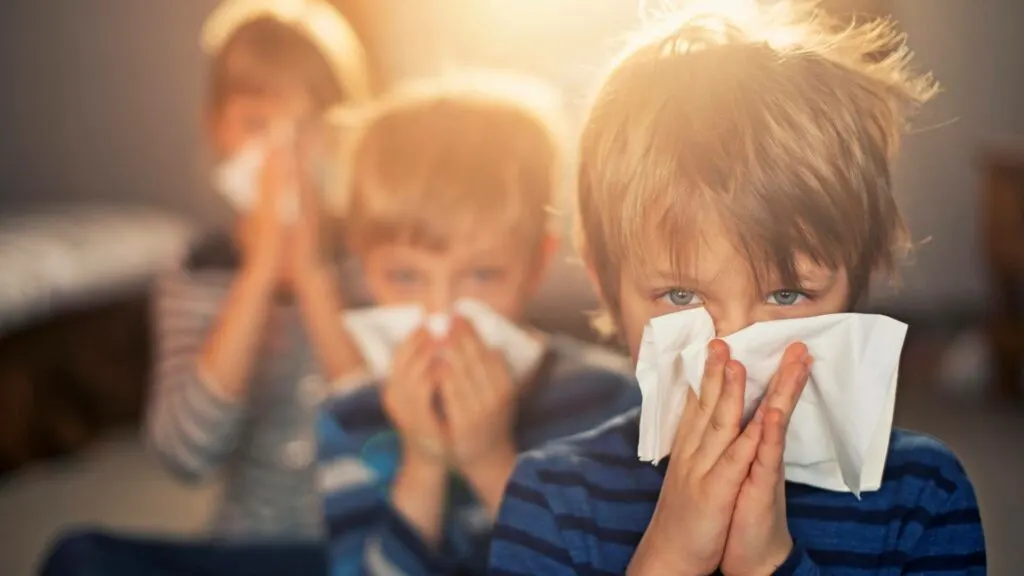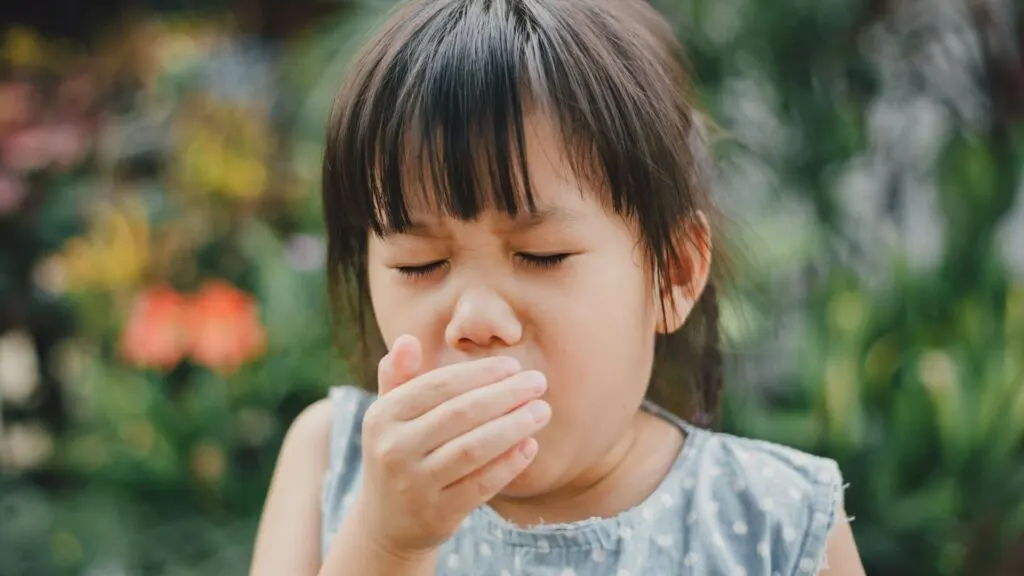With their developing immune systems, children can often be susceptible to seasonal allergies. These allergies occur when their immune systems react to harmless environmental substances, treating them as dangerous invaders. As a parent or caregiver, understanding these common culprits and mitigating exposure can play a vital role in managing your kids’ seasonal allergies.

Understanding Seasonal Allergies
Seasonal allergies, known as hay fever or allergic rhinitis, respond to outdoor allergens. These allergens, usually from trees, grasses, and weeds, are most prevalent in the spring and fall but can also be present during other parts of the year, depending on the geographic location. When these allergens enter the body, they trigger an immune response that causes symptoms like sneezing, runny nose, itching, and watery eyes.
The Common Culprits Of Kids’ Seasonal Allergies
Several allergens can trigger seasonal allergies in children. Here are some of the most common.
Pollen
Pollen is probably the most notorious seasonal allergen. It comes from trees, grasses, and weeds and is usually at its highest in spring and fall. Depending on your region, different types of trees and grasses may cause more issues.
Mold Spores
Outdoor molds are another common allergen. They release spores into the air that can be inhaled, causing allergic reactions. Mold spores are more prevalent in warm, damp environments and can be found in areas like leaves or rotting wood piles.
Dust Mites
Although dust mites are not a seasonal allergen per se, their numbers can increase during certain times of the year. Dust mites thrive in warm, humid environments and can trigger allergy symptoms when inhaled. They are found where dust accumulates, such as carpets, upholstery, and bedding.

Mitigating Allergy Triggers At Home
You can employ several strategies to mitigate these allergy triggers and provide relief to your child.
Opt For Duct Cleaning
While it does not need to be done frequently, duct cleaning can help reduce allergens within your home. Over time, dust, mold, and other allergens can accumulate in your heating and cooling ducts, potentially recirculating when the system is in use. Professional duct cleaning can help reduce this source of allergens.
Regular inspections and adequate action can prevent excessive dust buildup and improve overall air quality. Families like calling trusted air duct cleaning contractors to handle deep cleaning, ensuring their HVAC systems operate efficiently and circulate cleaner air. Removing contaminants from ductwork can also help reduce musty odors and improve airflow throughout the home. Taking these steps contributes to a healthier living environment, especially for those with allergies or respiratory sensitivities.
Limit Outdoor Activities
During high pollen count days, limit your child’s outdoor activities, particularly in the morning when pollen counts are usually at their highest. After playing outside, have them change their clothes and shower to rinse any pollen that may have stuck to their skin or hair.
Maintain Indoor Air Quality
Invest in an air purifier with a HEPA filter to capture small particles like pollen, mold spores, and dust mite debris. Regularly replace these filters to maintain their effectiveness. Similarly, replacing the filters in your heating and cooling systems can help reduce indoor allergens.
Keep Windows Closed
Although fresh air is nice, keeping windows open during high pollen days can invite allergens into your home. Opt for using air conditioning instead, which also helps control indoor humidity, discouraging dust mites and mold growth.

Managing your child’s seasonal allergies is not about eliminating exposure to allergens, which is nearly impossible, but rather about effectively reducing exposure and managing symptoms. Recognizing the common culprits and taking steps like limiting outdoor activity on high pollen days, maintaining indoor air quality, keeping windows closed, and occasionally opting for duct cleaning can significantly help reduce allergy symptoms in children. Remember, if your child struggles with seasonal allergies, it’s important to consult a pediatrician or allergist. They can diagnose accurately and develop a treatment plan tailored to your child’s needs.

Jessi is the creative mind behind The Coffee Mom, a popular blog that combines parenting advice, travel tips, and a love for all things Disney. As a trusted Disney influencer and passionate storyteller, Jessi’s authentic insights and relatable content resonate with readers worldwide.
